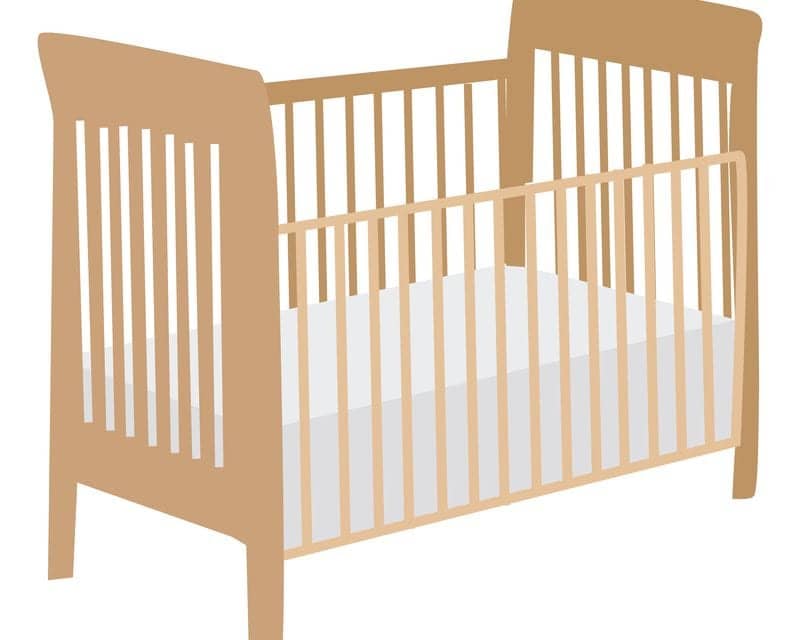By Sree Roy
Ohio has one of the highest infant mortality rates in the United States, ranking 47th in 2010 and, in 2012, having 7.6 deaths per 1,000 births. To address the gloomy statistics, the Ohio Department of Health in April

Sree Roy
[email protected]
launched an awareness campaign about the “ABC”s (Alone, on their Back, in a Crib) of safe infant sleep. According to The Cleveland Plain Dealer, the state has sunk $500,000 into this campaign, which will go toward messaging such as billboards, cable, transit, Internet, and radio announcements.
The goal of the campaign is laudable, but will it work? I doubt it. Awareness is a start, but it only goes so far.
While 96% of moms know the ABC rules, only 66% follow them consistently, according to a fall 2013 survey by American Baby magazine and Safe Kids Worldwide. This suggests a dangerous disconnect between awareness—what new parents know about safe sleep—and reality, or what they resort to at 3 am when their newborn won’t stop crying in her crib.
Many of the common risks the survey highlights cluster around moms employing risky methods to help their newborns fall asleep faster or stay asleep longer. For instance, moms reported putting children to sleep on their stomachs, sharing a bed, and sleeping on the couch together as ways to get a child to sleep more quickly. Why aren’t campaigns addressing these real-life issues?
For infant safe sleep campaigns to work better, modern-day campaigns must graduate from the ABCs. The next step is to explain how new parents can, in safe ways, encourage a baby to sleep. A commenter on the Plain Dealer site says: “One thing I wish the material covered (and does not) is how to get a baby to sleep. One reason why mothers take their babies to bed with them is because the baby has awoken and has a hard time getting back to sleep. Or they put their baby on his stomach and that seems to work to quiet the baby.” Sleep professionals can help get the word out about what constitutes a “normal” amount of sleep for a child and how to know whether a newborn is getting enough sleep.
In Connecticut, the government is also focusing on infant sleep safety, and its report does a better job than Ohio’s. The report provides recommendations to lawmakers. Among them, it advocates for increased screening for maternal depression, encourages pediatric primary care providers to have a collaborative relationship with home visitation programs for families, and pushes for guaranteed reimbursement for pediatricians to counsel families about infant sleep environments. While it is too early to know if any of these suggestions will become law, they at least acknowledge that simply repeating an ABC lesson isn’t enough to prevent SIDS.
While we likely won’t have the best opportunity to prevent all SIDS deaths until the primary causes are unearthed, we can continue to push the conversation forward. While a baby wearing “This Side Up” pajamas is adorable and the educational materials on www.safesleep.ohio.gov are accurate, they may not be enough to save infant lives.
Sree Roy is editor of Sleep Review. E-mail her at [email protected].




